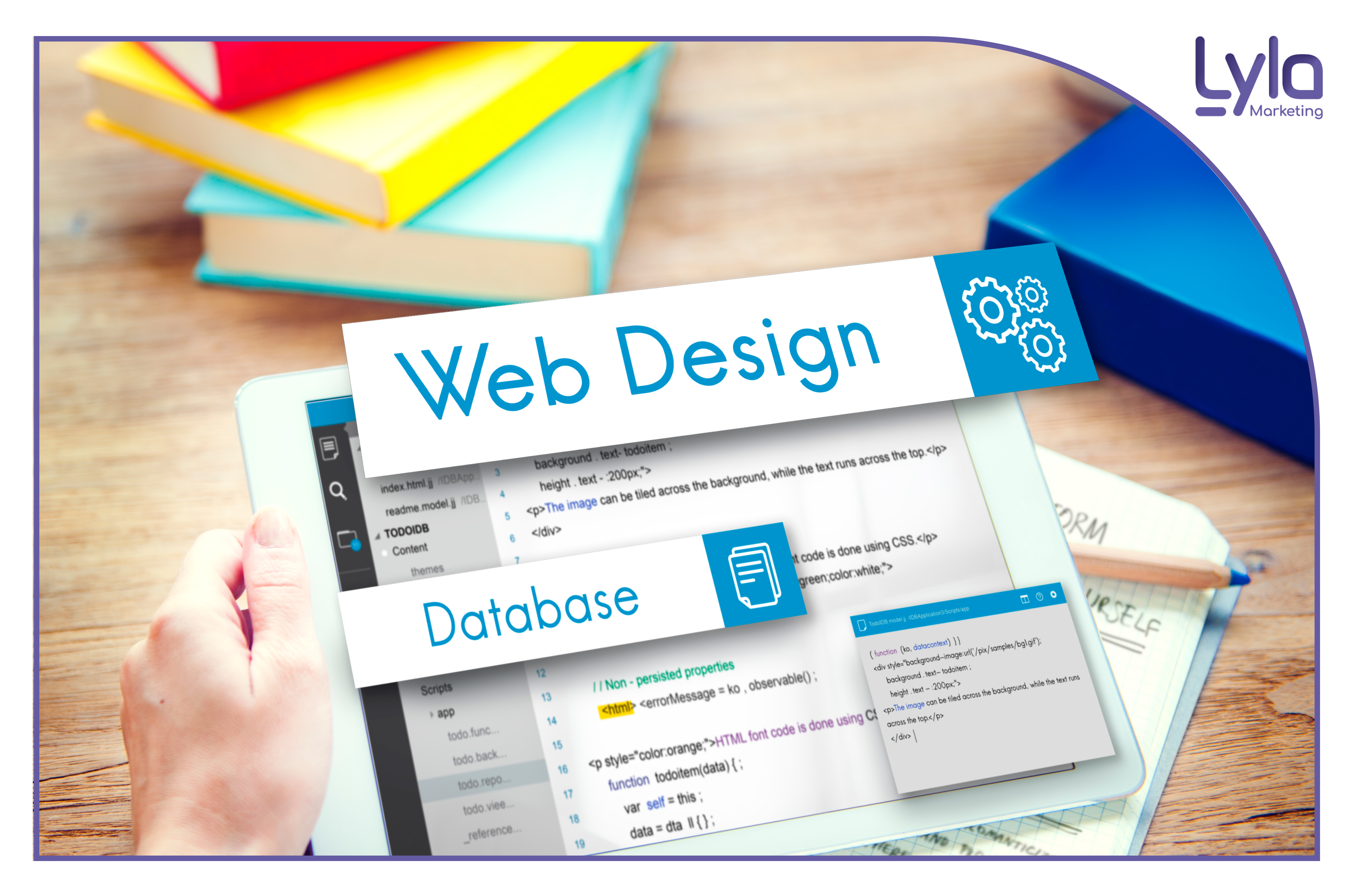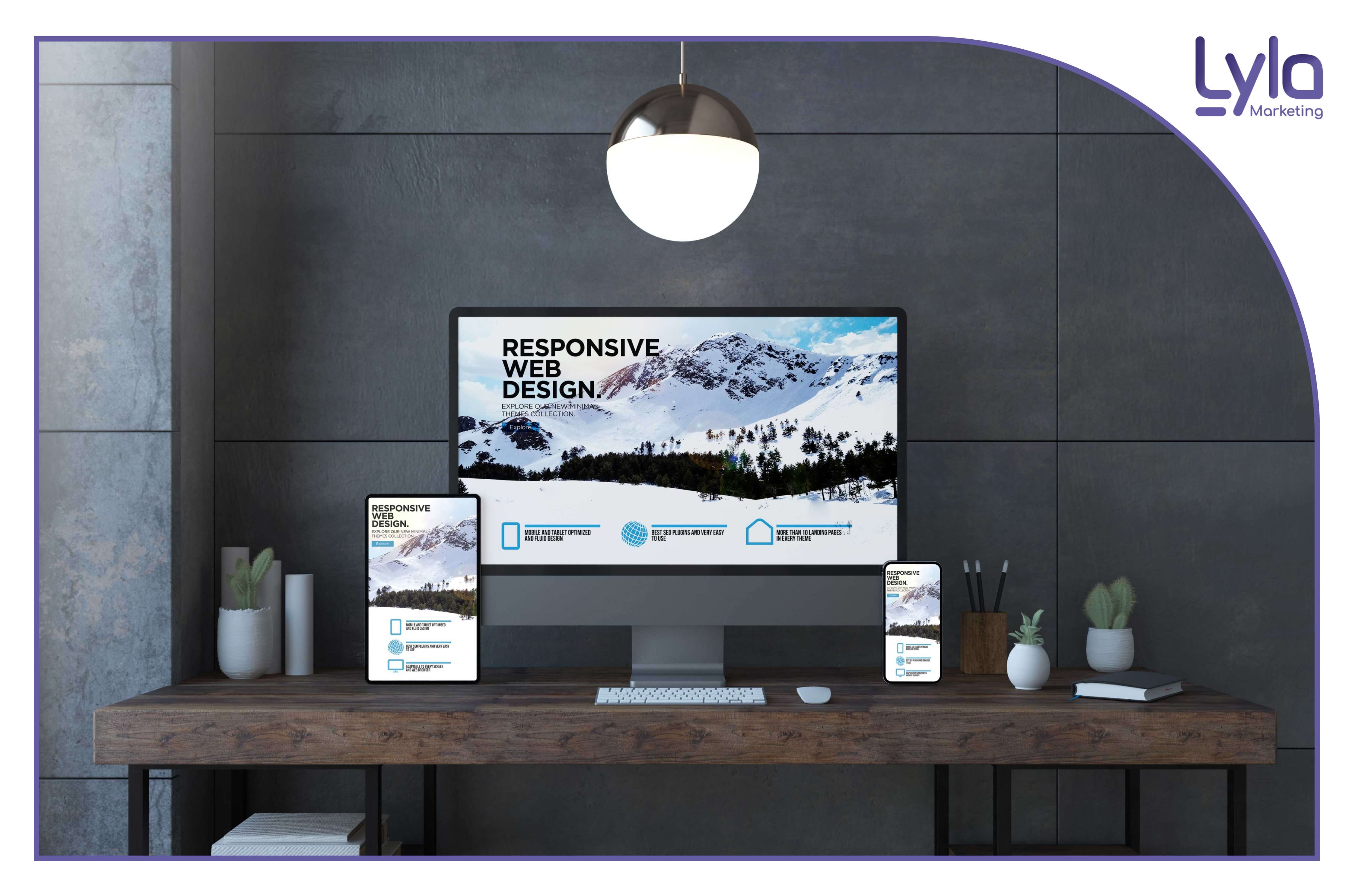
10 key steps to building a business Website Design
best business website design; business website design solutions
Whether you own a retail store, provide digital services, or sell products online, you need to be present and market your brand on the web. Here we will talk about factors that help you arrive at the best business website design that can guarantee your success.
Online marketplace is highly competitive. You can always build a new website or make your current one more effective. The most important factor is which business website design solutions can produce highest returns for your investment.
How to end up with the best business website design
You might think that a good business website design is nothing more than user friendly navigation, interesting content, and proper use of colors, photos, and fonts. That in fact is true in essence. However, a clever business owner knows that talking about good design is different than building a website with best design solutions. Professional web design starts with:
1.Obtaining a good domain name
your website address is the first thing your customers learn about your business online. You should choose a domain name that leaves a good impression and helps the search engine optimization (SEO) process.
A practical, yet memorable domain name is easy to spell and short as possible. The best domain extension is .com for businesses. Numbers and hyphens can create misunderstanding about the correct way of vocalizing the domain name and should be avoided.
Broader domain names facilitate future growth. Spend some time to find a catchy name so that people remember it in the future. Make sure there is not a similar name online and refer to USPTO.gov to avoid any trademark infringements.
If you are lucky, you can find a suitable website address with a reasonable price. Otherwise, you may need to spend more to convince the current owner to give up the address. If you have a tight budget, choose a meaningful name that conveys the essence of your business to users. Business websites like Yahoo or Google, though having catchy names, had to spend tons of money to brand.
Think about SEO friendly names (i.e., including keywords in the name) so that you lay out your SEO work upfront.
2.Purchasing scalable and secure hosting services
A hosting provider supports your website on the internet. There are necessary technical support and maintenance services required so that your users can visit and work with your site. The hosting services can cost between $2 to $100+ a month depending on the technology and services you need. Annual plans normally cost less than monthly plans.
If you can afford it, always avoid shared servers so you don’t have to share the resources with other businesses and risk the security of your site if others get hacked.
On the other hand, a dedicated server is entirely devoted to serving your website. You site would certainly perform optimally on a dedicated server. But it is the most expensive option and may not be suitable for small businesses.

The middle ground is a virtual personal server (VPS) hosting plan. It is a partitioned server thus affordable as a shared server. However, it performs like several machines and therefore provide security and performance as a dedicated server.
If your hosting company only provides email support, be alarmed. Ideally a hosting provider should have phone and chat support for emergencies. The best way to access your server is through user friendly interface like cPanel. If your hosting provider only provides terminal access, you may need to hire a professional server administrator.
All being said, server security is the most important factor in choosing a hosting provider. The best way to access you’re your server is Secure File Transfer Protocol (SFTP), and you should be able to easily set up Secure Sockets Layer (SSL) certificates. Review your hosting company’s security protocol and make sure they have regular security maintenance.
3.Showcasing your business
The most important feature of your site should be displaying a clear description of your business. Make sure your customer are not confused and can understand what you are doing right away. Whether through a proper hero image, other types of visualization, or a text, the main page should represent your services clearly.
4.Invest on the best content management system
To create and manage your site’s digital content, you will need a content management software or application. Find a good content management system (CMS) and is straight forward to use and requires least technical knowledge.
Based on your needs, budget, and required extensibility you can ask for a customized CMS.
Most popular systems:
Here is a list of the most popular systems that you could use.
WordPress
One of the most, if not the most, popular CMS in the world is WordPress. It is a free software with a great support community. Almost every site developer is familiar with WordPress, so it is easy to find a company or individual to address your needs.
The downside is that a site developed with WordPress needs constant maintenance and security updates. To secure your site, specially if there are many third-party plugins, you need to update plugins regularly, use official WordPress plugins, and delete unused plugins immediately.
Drupal
It is as flexible as WordPress with a large support community. Drupal is a more secure CMS compared to WordPress but less extensible due to limited number of plugins.
Joomla
Though it has less plugins than WordPress, Joomla! is also a popular CMS because of its better SEO and security.
The most notable feature of Squarespace is its “drag and drop” ability. With a monthly or annual subscription, you will get more than a CMS service. The package includes website design solutions, site development, maintenance and metrics, SSL security, and hosting services.
Squarespace is suitable for smaller businesses on a tight budget who cannot afford to commission a website designer but need creative and elegant site design.
Wix
It has similar features to Squarespace but only provides monthly subscription. Wix is easy to learn due to its drag and drop features but less flexible once you choose a certain template.
5.Setting up a proper e-commerce platform
If you plan to enable online purchases on your website, you need to incorporate the right technology in your design. Even if you don’t have any immediate plans to sell products or services online, it is better to embed financial transaction technology in your website design for longer term projects.
Some popular platforms to build e-commerce are:
WooCommerce
WooCommerce works very well with a WordPress website. Though WooCommerce provides free themes, using the premium themes is recommended for better security and support.
Shopify and Shopify plus
if you need to create and customize and online store, Shopify should be on top of your list. This cloud-based platform helps you manage your products, keep inventory, and handle payments and shipping. Unlike WooCommerce, Shopify is not a WordPress extension therefore your site and online store would be hosted on separate servers.

Shopify makes life easy for those who do not want to hire a developer to set up the shop but since everything on the backend is ready, there is less control or flexibility on the shop’s features.
If you need higher levels of customization or management of international transaction, you can upgrade to Shopify plus. Despite higher subscription fees, Shopify Plus is not as flexible and customizable as WooCommerce.
Business Squarespace
If you decide to use Squarespace to build your site, you might as well use its e-commerce subscription for very simple needs. Business Squarespace is not as user friendly as Shopify or WooCommerce but provides services like domain, SSL security, SEO, and discounts.
Wix
It is integrated with Shopify and therefore with only a subscription upgrade you can benefit from Shopify’s user-friendly features.
GoDaddy Online Store
GoDaddy’s independent e-commerce platform is more recent. Using GoDaddy Online Store is easier and requires less technical knowledge. It has simple templates with standard features like SEO tools, marketing and social media integration, and SSL security.
6.Making your site memorable and engaging
your website should have a positive impression on users. You should pay attention to user interface design by:
Use beautiful graphics, visual elements, and legible fonts. Make sure the graphic elements do not reduce your site’s loading speed.
Research your competitors and leading websites in your industry to get inspired. Also, research your target audience to identify their needs and likes.
Make the navigation of your site as straight forward as possible and incorporate clear call-to-actions. Make your contact information easily accessible and create standard pages like Home, About us, Services / Products, and other additional relevant pages.
7.Optimizing your website for search engines
Search engine optimization (SEO) ensures your site receive proper index and ranking by search engines. Higher search engines ranks make your website more visible to users who search online. The key element in SEO is to have proper site design and content. We have a full blog post about SEO strategies that help you win traffic to your site.
SEO is a continuing process that includes keyword research, optimal code, loading speed, security and SSL certificates, mobile friendly version, using internal links, and social media.
8.Being consistent on publishing quality content
Start with a publishing plan. To rank highly on search engines, it is important to produce informative and interesting content and update them regularly. Publishing new content frequently is another factor since search engines consider content quantity as well.
Blog posts, articles, and to-do instructions are static content. You can also post positive feedbacks, reviews, and testimonials.
Though people still read blogs and other forms of written content, it is important to know how to incorporate other types of content in your website.
What is content? Definition and introducing 4 different types of it
9.Tracking and analyzing traffic
Keep tracking of the site performance through analytical tools. Google Analytics and Google Search Console are the best available tools that will provide you with visitor reports, views per page count, bounce rate, crawl errors, broken links, and main keywords and lead traffic to your site.
10.Having a maintenance plan
A successful website ranks high in the search engine results. But that requires attention, security, and maintenance. Read your site analysis report carefully and regularly to address any issues on time.
To optimize your content and site features pay attention to traffic reports and performance data. Update your software and perform security scans frequently to stay on top of your maintenance plan.
Follow SEO practices carefully, publish quality content continually, and adopt trendy features on your site. and lastly, always keep backup of your website.
Final Word
Creating and maintaining a website is not as simple as it seems. We introduced a list of basic steps and great tools that you can use if you decide to create your site by yourself. However, if you need to consult with a professional, our web designers and developers at Lyla can help you come up with best business website design. We will make sure your site performs optimally by incorporating elegant and functional solutions into your business website.

